A variety of business models are emerging in the secondary market for pre-owned and overstocked new watches. Some, such as Ebay and Chrono24, are pure online marketplaces that never want want to touch the timepieces traded on their platforms; others, like Watchfinder, Watchbox and Bob’s Watches buy all the watches they sell. Germany’s Chronext is somewhere between the two. It buys watches, when required, before refurbishing them to mint condition and selling them again, but prefers to take watches directly from manufacturers, retailers and individual consumers on consignment. In every case, watches have to pass through the hands of the company’s watchmaking experts on the way from the seller to the buyer, and will always arrive with a two year Chronext warranty. The important thing is not who owns the watches it sells, but who owns and nurtures the customer relationship, argues co-founder Philipp Man, as WatchPro’s Rob Corder discovered on a visit to Chronext’s headquarters in Cologne, Germany.
WatchPro: Take me back to the beginning. How did you start Chronext?
Philipp Man: My co-founder Ludwig Wurlitzer and I started the company on February 23, 2013. I have been a watch geek for as long as I can remember. I went to boarding school in Bedford in the UK where I met Ludwig and after finishing school and before starting university I had a very long summer without much to do so my mother said I needed to use the time to make some money, which is how I ended up working in a pre-owned watch shop in Cologne. That was my introduction to the world of watches as a business. People think that the market is just for passionate collectors, but I learned it is a huge industry.
Throughout university it was my ambition to become a commodities trader and I did work briefly at Boston Consulting Group in Switzerland. Management consultancy was not ideal for me but I did like the commodities aspect so I went to work for Glencore in London in the oil trading department.
I started to get an understanding for how the oil market developed from a closed shop monopolised by a handful of companies on long term contracts to the spot market it is today. That got me thinking about the watch industry in a different light and how it might develop.
What you traditionally had in the watch industry is the brands, the distributors, the authorised retailers and the consumers. Everything is sold from one part of the channel to the next at a fixed price. But that does not work when you look at what is happening in the market, where watch prices are changing all the time, and you can see that reflected online.
With our passion for watches, and my understanding of the commodities market, my business partner and I thought there was a huge opportunity to create something like a stock market exchange for the watch business. That is where the name Chronext came from, it evolved from Chrono Exchange Trading.
We never really wanted to become watch traders, we just wanted to be a stock market where you could see prices fluctuating. But we realised that there was no way to get the data we needed at the time because there was no marketplace. We decided to build a marketplace so that we could generate the pricing data and most importantly true trust.
We realised that building a real marketplace was going to be much more interesting than aggregating data, and that is how the business started. We began in the kitchen of our shared flat in Maida Vale (West London) and now, almost six years later, we have 160 people, we are working out of eleven offices and shipping to 130 markets.
The idea behind Chronext today is to create an experience for the consumer where they have immediate access to the largest selection of verified luxury watches in the world. When you buy from us it should feel like buying fashion from Matchesfashion.com or Net-A-Porter where everything is uniform quality.
We have standardised photography, standardised packaging, standardised pre-sale service; plus all the advantages that a marketplace brings. For the consumer, it will not matter whether the watch they are buying is owned by Chronext, owned by another individual, or owned by a retailer, the experience will be the same. Everything has been authenticated. Everything has been touched by our own watchmakers. If there are any post-sale issues whatsoever, we take care of the problem. The individual does not have to chase the retailer or individual selling the watch – we will take care of this after we rectify the situation for the customer first. That is what is unique about what we do.
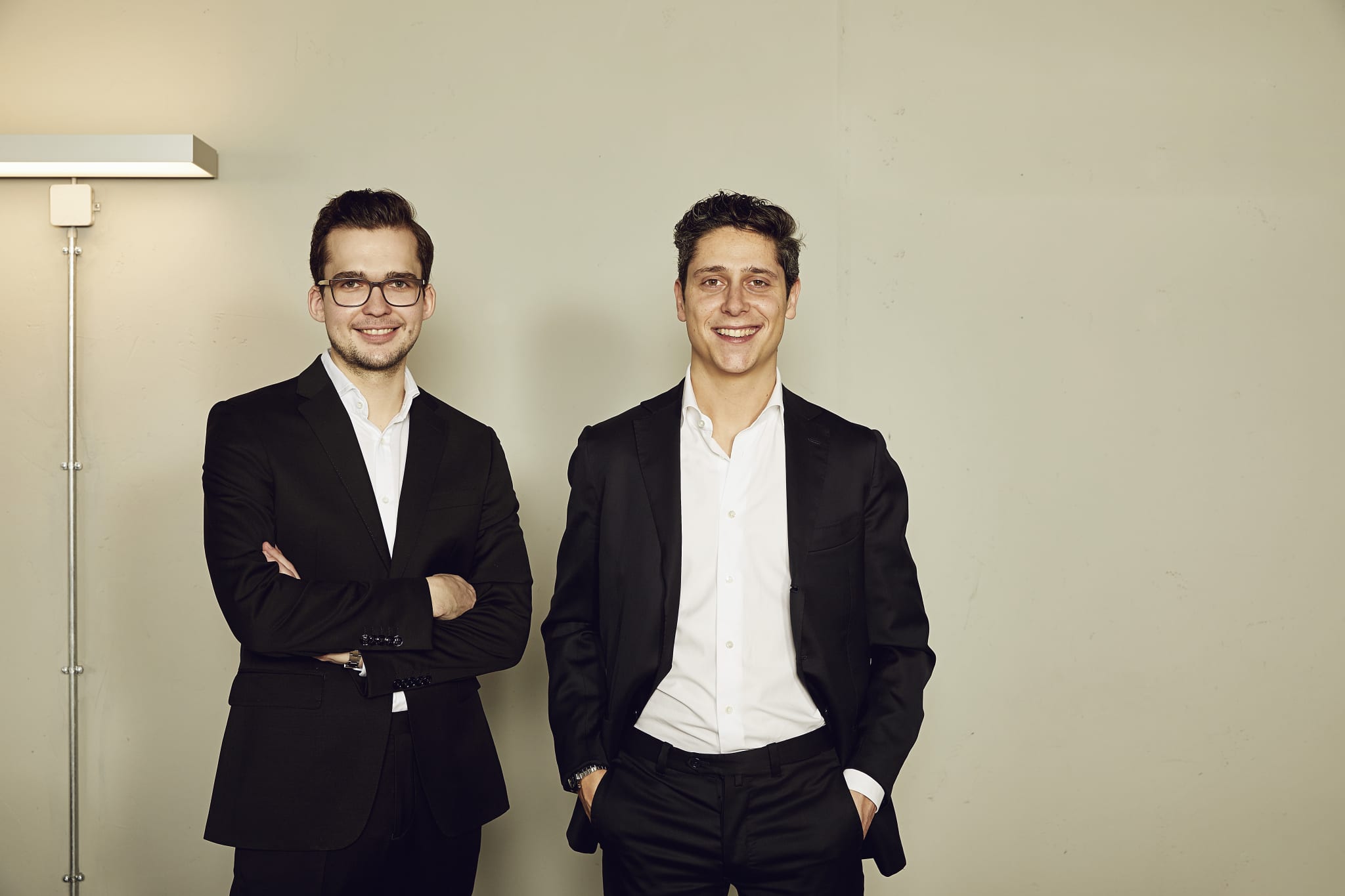
WatchPro: Let me get this absolutely clear: even if the watch comes to you on consignment from a retailer, it comes to you before it goes online?
Philipp Man: Yes, everything comes to our own authentication hub and workshop. We have opened a hub in Hong Kong, so the Asian market has its own hub and the North American market will have its own hub as well in Toronto – the European one is in Cologne. Within the a few months, the US market will be served by the Canada hub and the Asian market will be served by the Hong Kong, but right now everything comes here to Cologne.
We do not even use third parties working with the watches we receive because we fundamentally believe that the service needs to be in house. We really need to touch every watch. Not only is this important for the customer, but it is also the only way that we can truly build expertise in the team. You can have as much data as you want but human expertise is still vital and you need to feel the haptics of the product.
I will give you an example. If you look at a 16520 Rolex Daytona, which has been produced between 1987-2000 with a single reference, but within that same reference you have multiple dial variations, and the variations can alter the price between €15,000 and €50,000 – or even more. For instance is it a floating dial, is it a Patrizzi or does it even have a Tiffany and Co Logo on the dial. To an algorithm the reference is the same, which is why you need experts to tell them apart.
We believe in data a lot but we recognise that we need the human element and we need that expertise in house. The right trained experts with passion and the best data: that’s what will win the race.
WatchPro: Can we circle back to the development of the company from the early days when you thought you were building a stock exchange for watches on a kitchen table in North London to what we see today in Cologne where you have the sort of expertise and equipment more often seen at a Swiss watchmaker working on thousands of watches per month. How did you get from A to B?
Philipp Man: It did not happen overnight. In the early days we never really wanted to touch watches, but we realised there was a necessity to take control of transactions. Some of our competitors face the issue that they do not really know whether a transaction has happened or not. By touching each watch, I know what is happening, I know what price it sells at, and I can monetise it much better. And I can guarantee personally that I stand behind the product we sell. That is why we went in this direction – it’s initially the harder way but now we have advantages that we can scale that are extremely difficult to catch up with.
WatchPro: Did you start off only selling consignment watches before developing into a company that buys watches?
Philipp Man: We try to buy and own as little stock as possible, but as much as is necessary, even today. We started out trying not to buy and own any of the watches, and even now we only own watches where we see it getting us closer to the manufacturer — showing that we believe in their brand and we are prepared to put our money behind that — or where we feel we give our customers superior value by getting them their money more quickly.
We do not believe in owning inventory for the sake of it, we only believe in inventory as a strategic tool. Some businesses in the secondary market are very vocal about wanting to own inventory and having it in their vault. We have that, but we are not romantic about it. We believe we can be equally profitable through consignment and we can be just as quick for our customers.
WatchPro: How has Chronext been funded?
Philipp Man: When we were two guys at a kitchen table, the first money we ever received was from Startup Britain, a government-backed fund that lent us £10,000. We also put in about €3,000 of our own savings. We bootstrapped it for the first year, and then secured funding from a venture capital fund in Germany. Since 2013, we have raised around $60 million.
WatchPro: Have you seen trust among the general public in pre-owned watches and the secondary market increase over the six years you have been in business?
Philipp Man: To the typical customer looking to buy a watch, I do not think that pre-owned crosses their mind because 99% of what they see on the street from the likes of Wempe and Watches of Switzerland is new watches. The opportunity is so enormous because there are so many people we can educate about how pre-owned watches we sell are as good as new. We sometimes bring over journalists from outside the watch business and show them brand new next to completely beaten up pre-owned watches that we then polish in 20 minutes. After the polishing they cannot believe how good the pre-owned watch looks, and that is without us properly refurbishing it but just to make a point.
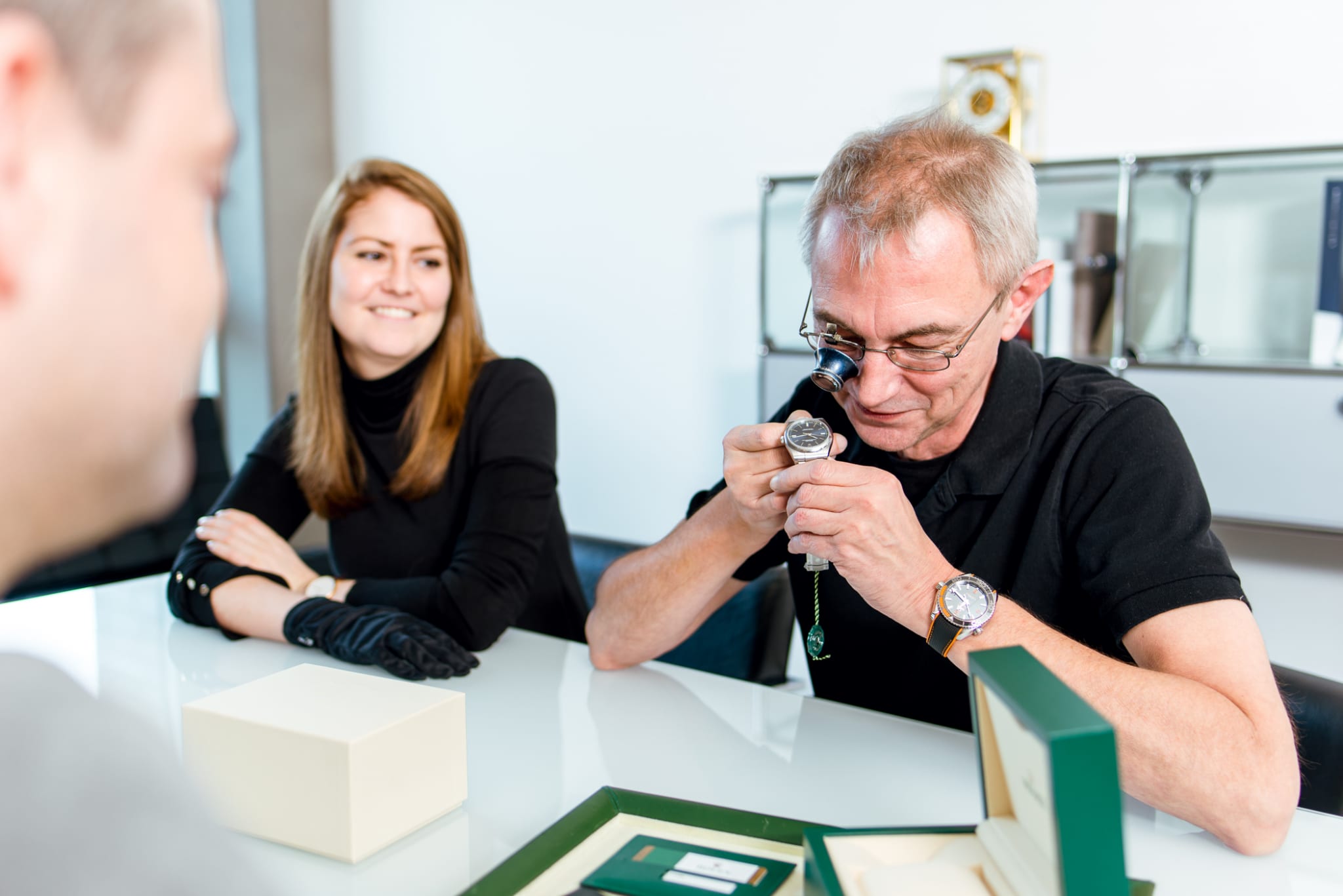
WatchPro: What you are describing is more about awareness, which I expect has improved because there are so many sizable data-driven businesses like Chronext bombarding people with information. But I am asking more about whether the level of trust has increased over the years with consumers looking at pre-owned watches. I sense that the vast majority of people, particularly people who might be thinking of making their first purchase of a luxury watch, still associate the secondary market with stolen, fake or otherwise dodgy watches.
Philipp Man: We are probably just reaching an inflection point right now because people know they can buy watches online, but they are not sure whether they want to do it. The awareness that you can buy online has certainly changed and the number of people considering it is growing.
I think we will have seen a significant acceleration in people comfortable buying watches online. re-owned is definitely an online first sub-vertical in the watch market, so secondary will benefit from this massively also.
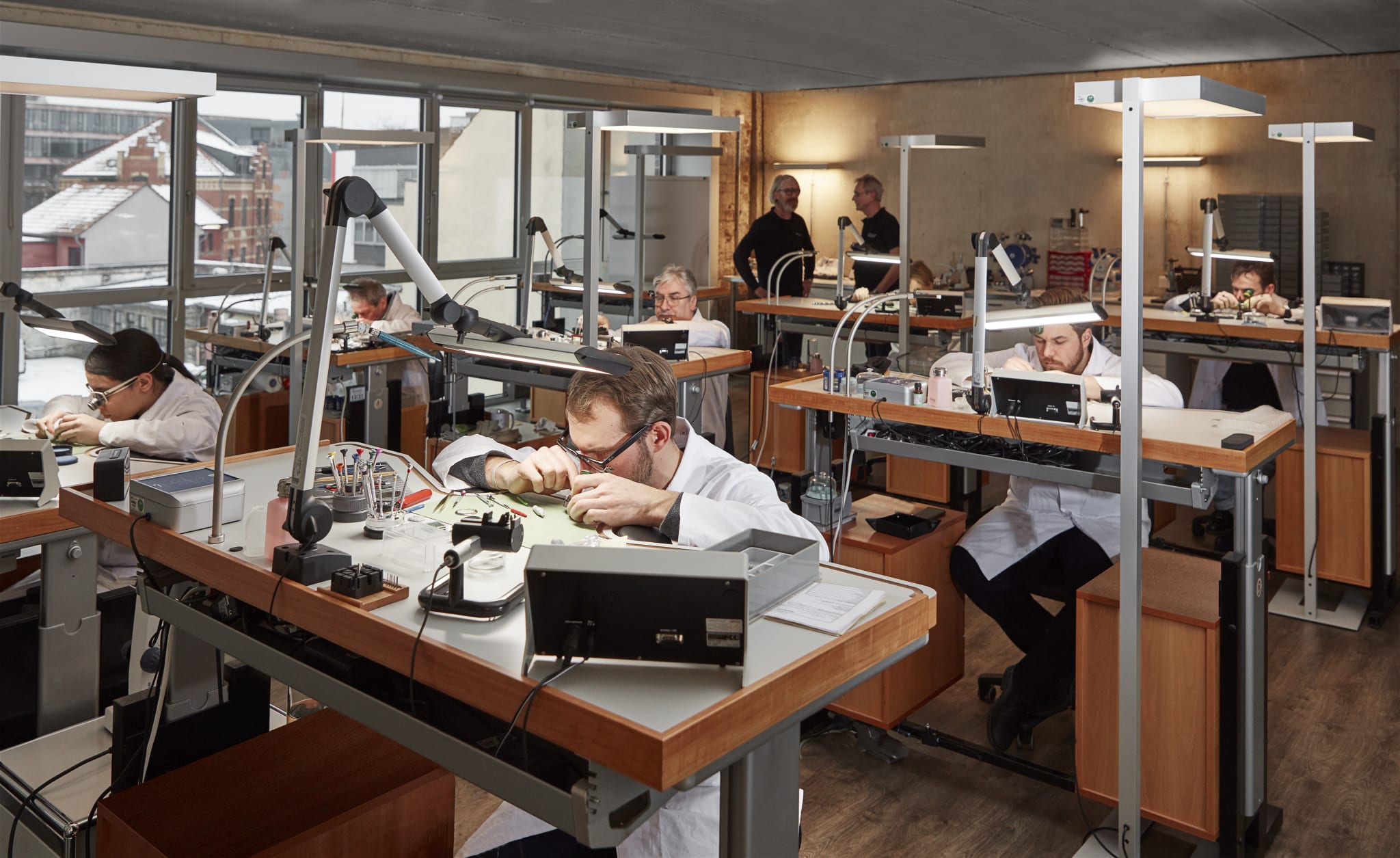
WatchPro: What do you think the secondary market for watches is worth? Bain and Company recently put a figure of $17 billion on it; others think $5 billion.
Philipp Man: I think it is bigger than $17 billion. Switzerland exports watches worth something like CHF 20 billion per year; that is wholesale price. Add 20% sales tax and margins and you get watches worth around CHF 50-60 billion at retail prices. This is on top of watches worth around CHF 20 billion that are already being held in stock at any time around the world, so every year there is new stock worth CHF 80 billion. That level has not changed much in the past 10 years, which means that CHF 800 billion of new watches have been in the market over the past decade.
Watches do not go bad, so you can add watches from 10 years before that, and that’s before we get into vintage watches. If you accept that there is inventory worth CHF 800 billion, including pre-owned inventory, around the world, and 5% of that gets sold every year, that is realistic. It is probably more. Pre-owned is largely sold from pawn shops, small regional auction houses as well as Christies and Sotheby’s, Ebay, and all of the new players we are talking about and I can easily see how this becomes a CHF 50 billion per year market within the next 10 years.
WatchPro: That number is based on the potential size based on how much inventory is out there in the market, but is very difficult to say how much of it is sold more than once because, as you say, most of it is completely off the grid with tiny traders.
Philipp Man: How many small businesses do you think there are around the world dealing in second hand watches? Even in Bedford, where I went to school, there were three second hand watch stores. I think there are somewhere between 15,000 and 20,000 stores like that around the world. If they all do three to five million in sales per year — and those are the sort of numbers that retailers we work with tell us — you can do the maths and get to some very large numbers.
Ultimately, I think $15 to $20 billion is very realistic and that is just the beginning.
WatchPro: This year we have seen a significant rise in the number of watch references, particularly steel sports watches from Patek Philippe, Rolex and Audemars Piguet, being sold on the secondary market for more than they cost new at retail. Do you think this is here to stay?
Philipp Man: It is happening more now. When we started in 2012, the retail price of a 11650 Daytona at the time in steel was £7950 at retail but was sold on the secondary market for £9000; it has always been above retail, just not as extreme as today. The Nautilus started being sold at or slightly above retail in 2014. Now we are seeing the Batman, Skydweller, Pepsi, Hulk, all selling above retail. That is pretty recent, I would say about the last 16 months.
If I look at the Pepsi, which I see sold every day on Chronext, it does not make sense that it sells above retail as extremely, and I can tell you that the premium above retail, the delta, is decreasing pretty fast. It is still quite significantly above retail, but you can see that gap is going to change pretty quickly. Even though it will remain trading at a premium. You can see a number of watches that were going for crazy prices but are now dropping back towards normal retail. One of those is the 5524G, the blue [Calatrava] Travel Time Pilot from Patek Philippe. When that watch first came out, it was selling for €65,000 on the secondary market. Now it is selling for €40,000; that is a 30% drop in market value and back at around retail value. There has been craziness in the market, and you can see the peaks in prices, but they are decreasing more and more.
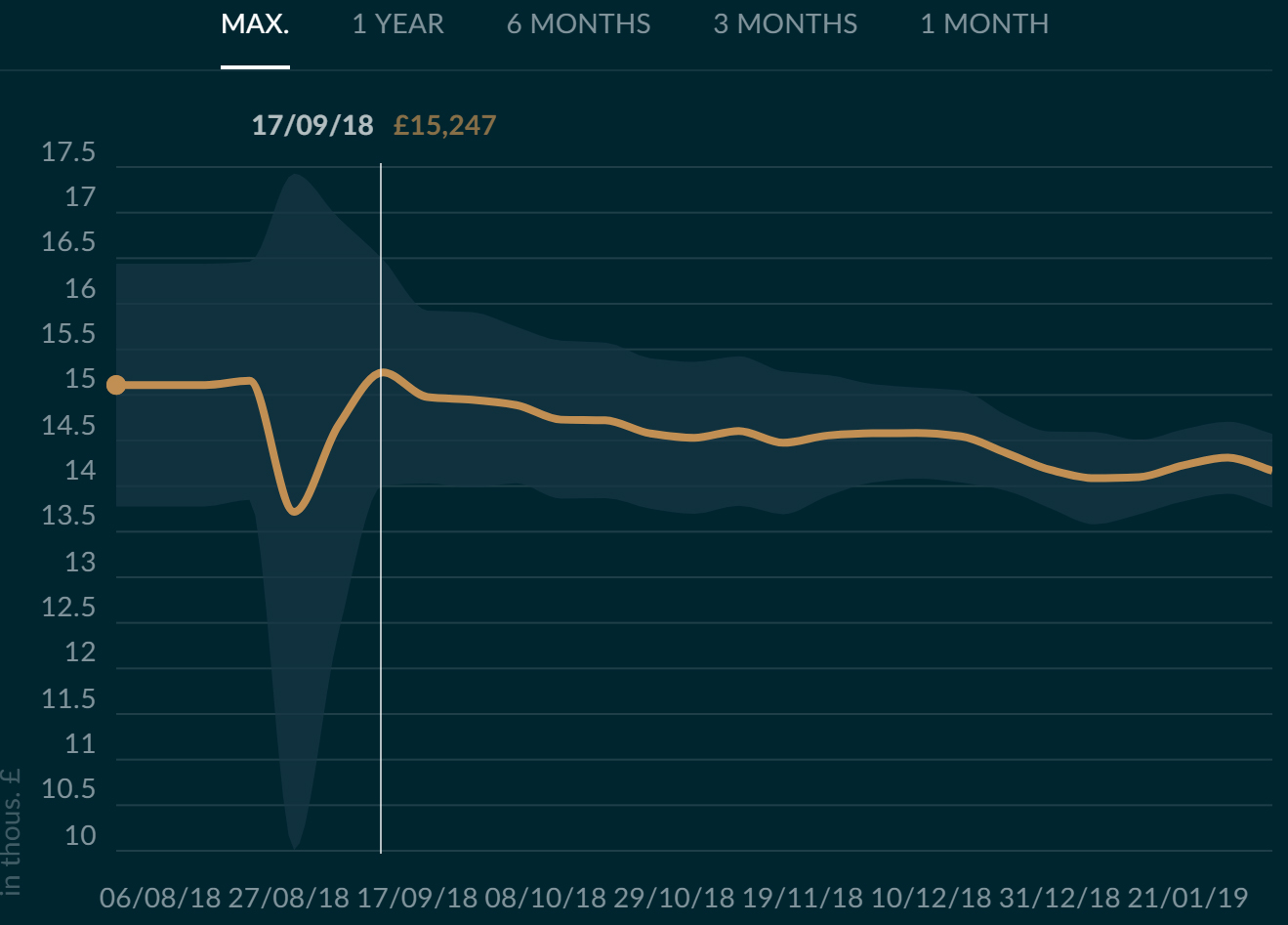
WatchPro: Are we seeing a bubble that will pop?
Philipp Man: I do not think it is a bubble like the crypto currency bubble we saw last year, so I do not think it will burst, but I do think you will see a correction. The difference between watches and other asset classes like bitcoins — if you consider watches as an asset class — is that everybody could buy bitcoins, so the price rose incredibly quickly and then once prices started falling, everybody dumped them. Owners of 5711s are people typically who have considerable net worth and watches are a hobby for them. If they see prices falling, they won’t just sell them. It is not a liquid asset in that way as people use it as an investment but its not something you need to flip.
WatchPro: Do you think it is possible to create a standard for pre-owned luxury watches that a typical customer will recognise and accept as a kite mark of quality and authenticity?
Philipp Man: We are already doing this. We even have our own certificate, a black card, which goes out with every watch with its serial number and other details; and that certificate is a two year warranty, even for a 60 year old watch. We have a 14 day return policy, and after owning a watch for two years you can get a part refurbishment polish and tune up for free. That is a standard.
I believe somebody will create a recognised standard, and I think it will be us. They key is that we control everything. If you do not touch every product, refurbish it, do your own photography, you will never create a standard. If you do not control all of it, you cannot create a standard.
WatchPro: A year ago there was a lot of talk about watch brands coming up with their own certified pre-owned standards, similar to what you might see from car dealers where the manufacturer stands behind its authorised dealers. That chatter seems to have died down a little, and I wonder whether it might be that third parties like Chronext are better placed to create certified pre-owned standards than the brands, and that the brands might start to see it that way.
Philipp Man: Manufacturers are realising that they cannot do everything themselves. Even brands like Audemars Piguet, which want to sell everything under an AP roof, are open to working in joint ventures or franchises with the best retailers. Pre-owned will be the same. Brands will partner with specialists like us as long as they believe we can do it as well or better than they can. Certain manufacturers already have difficulties producing enough watches. Are they going to divert watchmakers for refurbishments?
WatchPro: From a time when the entire pre-owned and secondary market was treated like pariahs by the Swiss watch industry, you appear to be making progress towards acceptance and now work in partnership with 16 brands as an authorised dealer of new or pre-owned watches. How does that work? Are you treated just the same as any other authorised dealer?
Philipp Man: We are authorised dealers to sell new watches for 14 brands and we are authorised as certified pre-owned partners for two more.
WatchPro: Do all of the brands you work with insist that you remove all grey market watches from Chronext?
Philipp Man: For some yes, for others no. Some brands like the idea of us dealing with excess inventory at more competitive prices than they would want to sell for themselves. We are very flexible at how we work with brands. Our goal is to become best friends with the watch industry. We are not dogmatic. If they want us to sell only pre-owned, we can do that; if they want us to sell new watches in a certain way, we will try to do that too.
We understand that to become a $1 billion turnover business, we need to become a key partner with watch brands and they cannot see you as an enemy. We have come a long way, but there is still a long way to go.
WatchPro: Of the 14 brands that you work with as an authorised dealer for new watches, only two have gone public. Why is that?
Philipp Man: Brands are nervous because, often, 80% of their business is wholesale. They face the problem of explaining to their existing retail partners that they are now working with an online platform that does not sell through stores. That is frightening to traditional retailers for obvious reasons.
The same was true when brands started opening monobrand stores. Wholesale partners thought they were going to be huge trouble, but now they have learned to live with it. The same will be true of pre-owned and online-only authorised dealers like us.
WatchPro: How does the entire industry, encompassing the primary and secondary market, look to you today and how do you see it changing in the coming years?
Philipp Man: Primary and secondary are two different things. The primary world is very vanilla: the brand sells to the wholesaler, the wholesaler sells to the retailer, and the retailer sells to the customer. It is all about new watches and the prices are fixed. They may be sold at discounts at the retail store, but the brands turn a blind eye and everybody is happy.
The pre-owned and grey market world that we call the secondary market is not seen as professional, but that is not the case. You can see from coming here to Cologne that this is a highly professional and reputable operation. In the next two to five years the differentiation and separation between the primary and secondary market will break down. It will just be the market. Every watch sold is part of the same market and every brand will want to make money from every sale whether it is through what we know today as the primary and secondary markets.
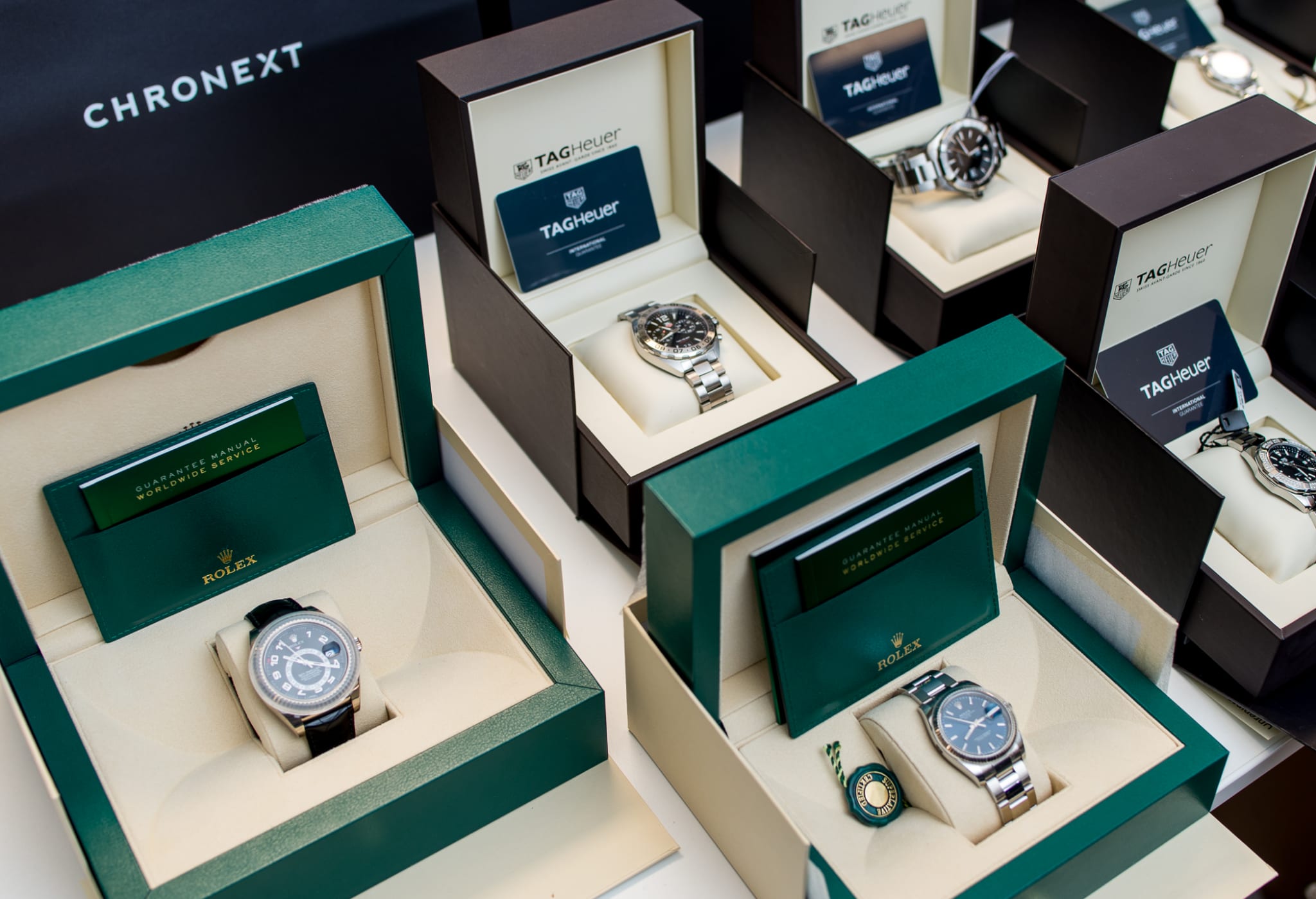
WatchPro: If you owned a sizeable business in the primary market for luxury watches; the likes of Laings, Chisholm Hunter and Berry’s in the UK, or London Jewelers, Westime or Lee Michaels in the United States, what would you be doing today to prepare for the future state of the market that you describe?
Philipp Man: I will not talk about individual businesses, but there is a misconception that every retailer has to do ecommerce. I know that for most retailers, ecommerce is not working for them. They have 100 years’ experience running retail stores, they know exactly how to do it. I will never be as good as they are at running stores. It is an art and they know that art. Ecommerce is also an art. I may not have 100 years’ experience, but we obsess 24/7 about ecommerce.
Retailers would be better off finding a way to work in partnership with experts in ecommerce instead of doing it themselves. That will make them more independent from the brands, and it will give them additional revenue opportunities.
Here in Germany we are working with more and more physical retailers on trade-in programmes. Customers can come in with an old Day Date and want to buy a new Day Date. The retailer might not want to buy that watch or know how to sell it online, so we give them tools so that they can buy the watch at the right price and consign it to us. They give the customer cash or store credit. Retailers can do this themselves, but we are better at it. All of the scale and expertise we have is not core expertise to most physical retailers and it will be incredibly expensive and difficult to build it up themselves.
WatchPro: There seems to be competition between the likes of Chronext, Watchbox and Crown & Caliber to forge partnerships with retailers.
Philipp Man: I have never been in a competitive pitch with retailers – where the mentioned names popped up- when it comes to these sorts of partnerships. The market is so big that we will find our own territories. We would like to work exclusively with retailers, but if people want to get a trade-in price from us and another from Watchbox, that is fine too.
One of the reasons we want to work with primary retailers is that it is another way for us to show brands that we are a positive player in the market. We get access to so much pre-owned inventory that we do not need retail partnerships to have more watches listed on Chronext.
WatchPro: You said earlier that, for Chronext, owning inventory has been your least favourite option. Is that still the case today?
Philipp Man: I would not say owning inventory is a last resort, but owning inventory is an easy way to compensate for less than ideal processes and systems. What I mean by that is that, when you buy inventory it is very easy. You buy it, refurbish it, sell it and ship it. You do not need very sophisticated systems to make that work. To sell a watch that is owned by another retailer is more complicated. You have to pick it up, authenticate it, repackage it, get it to the consumer. If the consumer returns it, you have to do the whole thing in reverse. That is a lot more complicated, especially if you want to do it at scale.
Owning inventory is easier, but as you scale you will need more and more working capital for the inventory. Having some inventory, and the right inventory, makes sense. But owning inventory for the sake of it is not a good model. Right now, with the inventory we have, we turn it 6-8 times per year. But the more inventory we have, the slower it will turn, that is the nature of these things. So, to get to a $1 billion turnover business, I might need inventory worth $300 to $400 million or more. That is not an efficient allocation of capital and would require massive borrowing that would reduce my equity value. I would rather invest money into creating an amazing customer experience.
It also creates a conflict of interest with my retail partners because, if I have my own inventory, it will always be better for me to focus on selling my watches rather than selling their watches.
If I have a hybrid model, I am motivated to focus on the thing that earns me the highest commission and the highest customer satisfaction.
WatchPro: You have mentioned becoming a $1 billion turnover business. What will it take to grow from the size you are today, which looks to me like around $100 million in sales per year, to become ten times bigger? It is widely believed that Chronext is not profitable right now, so part of the question is what do you need from your current or any future investors to get to that magic billion?
Philipp Man: Regardless of whether we are profitable or not and our exact size, there are various ways of looking at profitability. One way is real EBITDA profitability, the other is to look at whether there is a profit for every watch we sell after I have factored in costs of logistics, marketing, operations. If you are profitable on every watch you sell, you can become cash flow positive at any time.
Becoming a billion dollar business will only happen if we become the most trusted source in the market with customers. The difference between us and many others that we deeply care about this customer experience. For example, in Q4, we had 22 customers that gave us a bad review. I phoned every one of them personally to find out what had gone wrong. Mistakes happen, but I think it is rare to be so customer obsessed. It is very deeply ingrained in our culture and that will make us reach a billion in sales eventually.

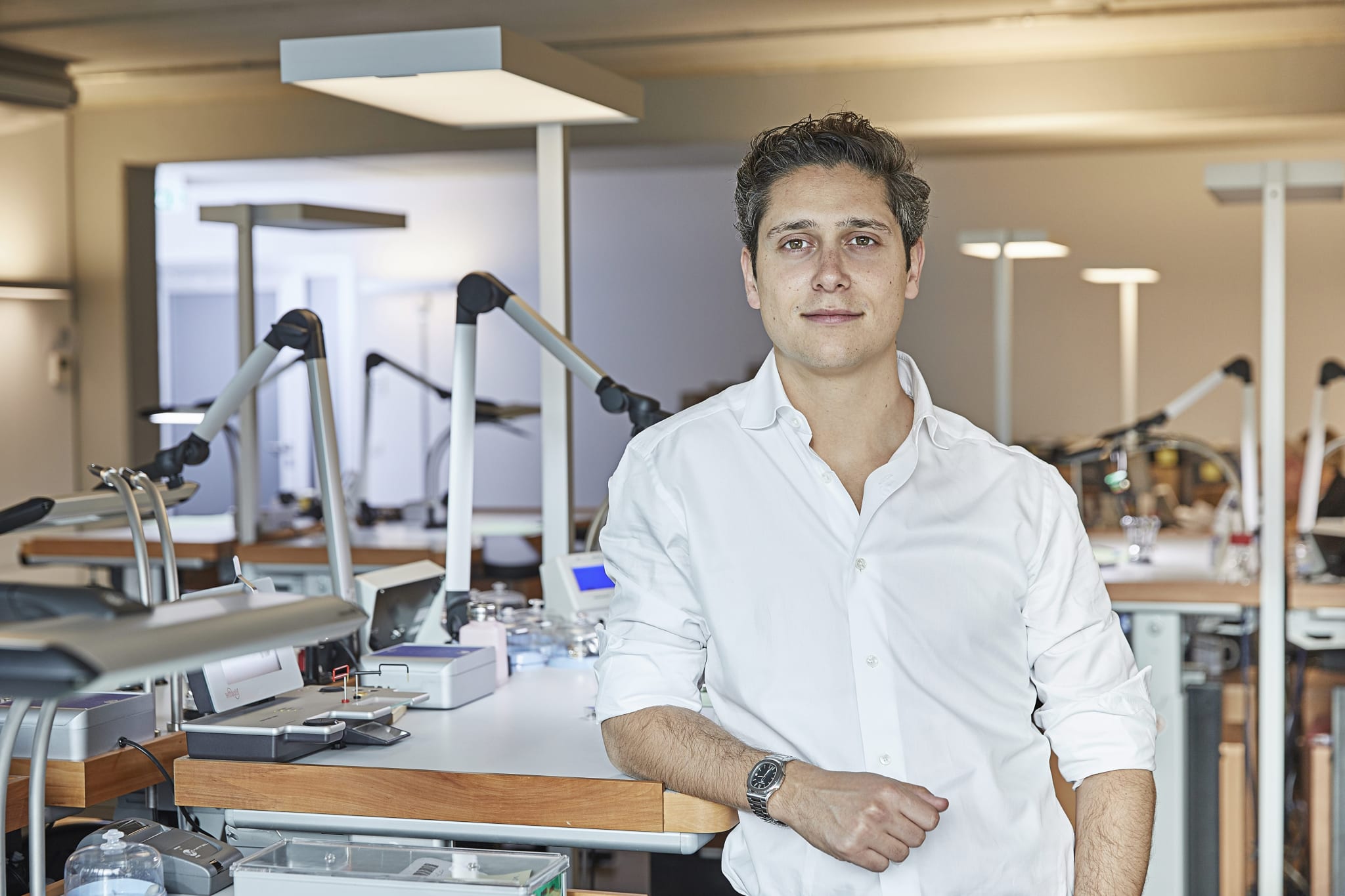
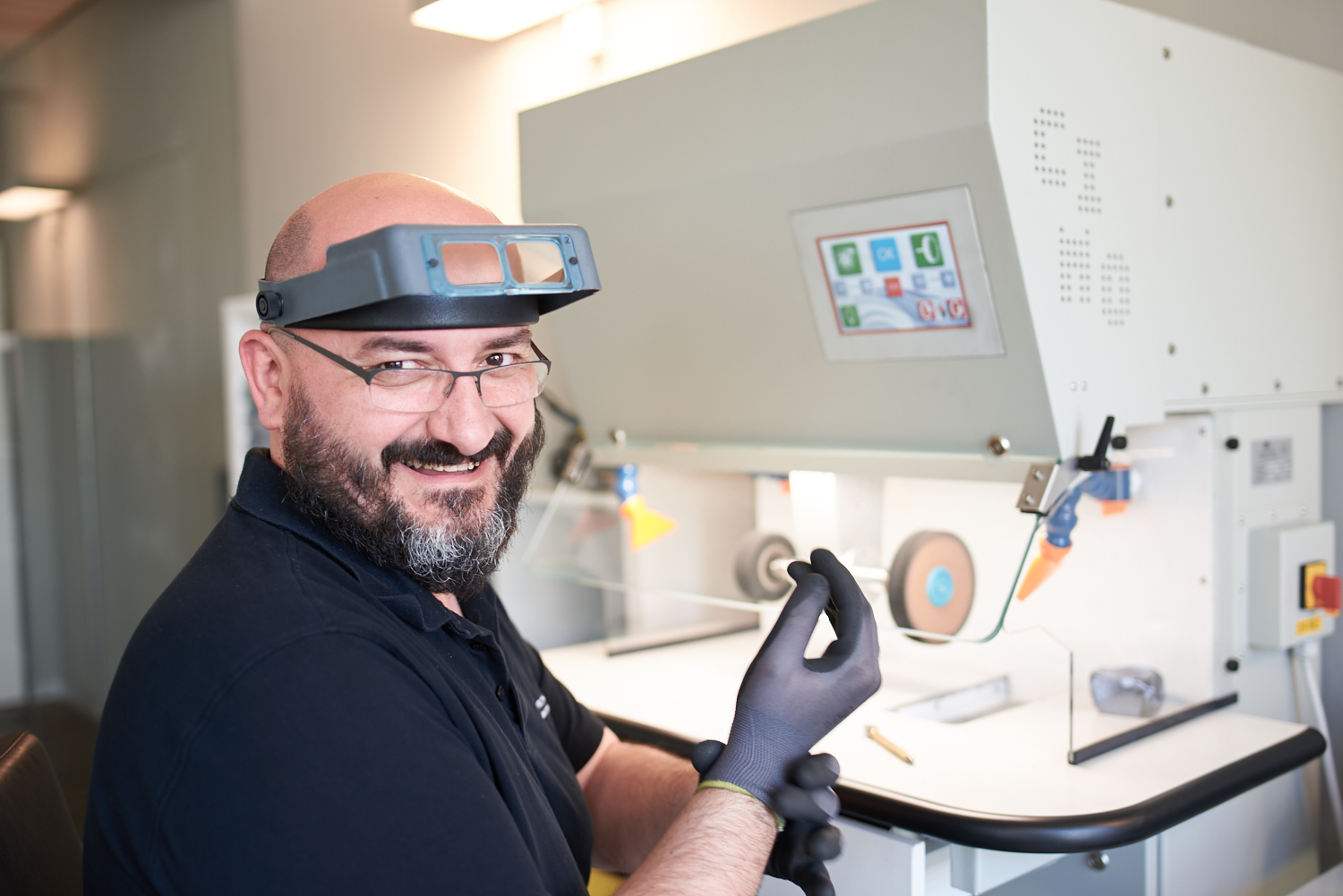
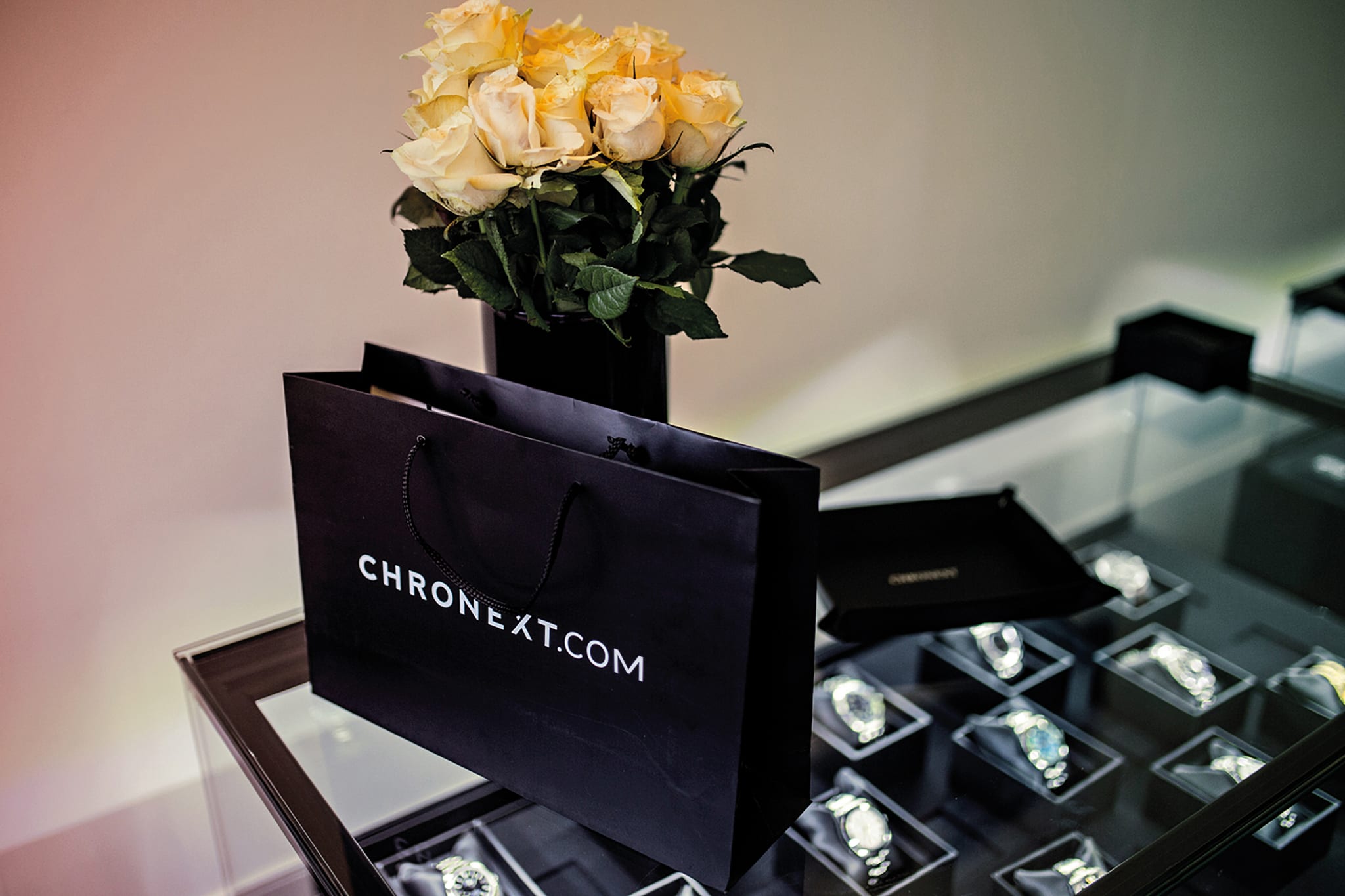
Thoroughly depressing interview with Phillip Man.Algorithms etc .Basically he’s a stooge for big business. He should apply his talents to plumbing fitments
We want to give the customer a unique experience !! I’ve been waiting for 5 weeks for a tag heuer. You took my money and all j have had are lies more lies and bullshit ! Will never recommend you or use you again. Suppose that’s a “unique experience “
Just another second hand watch sales platform, thinks hes doing something different but it’s not, they are one of many,
I’ve left email and after email looking for an update…3 weeks into it and still no tracking number or any kind of update. They gave me “it will be ready in week 19.” What does that mean…the week of May 5th? Why not just say that. But it didnt come true…am still calling a dead number and no detailed responses.
By far worse website to buy from.
Attorney C. Rogers